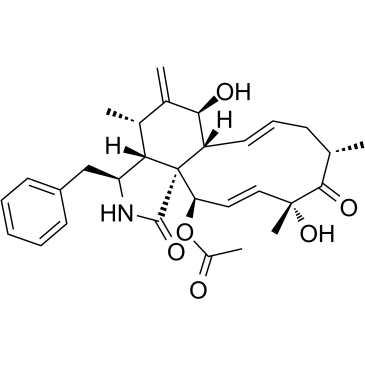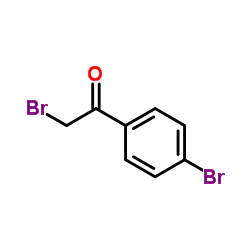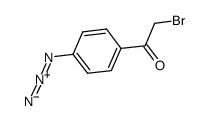| Structure | Name/CAS No. | Articles |
|---|---|---|
 |
Lygosporin A
CAS:22144-77-0 |
|
 |
2,4′-dibromoacetophenone
CAS:99-73-0 |
|
 |
4-azidophenacyl bromide
CAS:57018-46-9 |